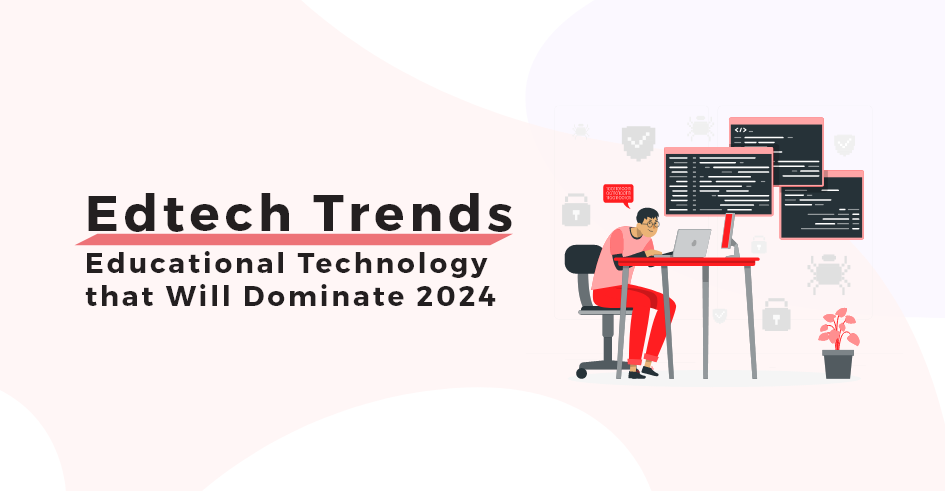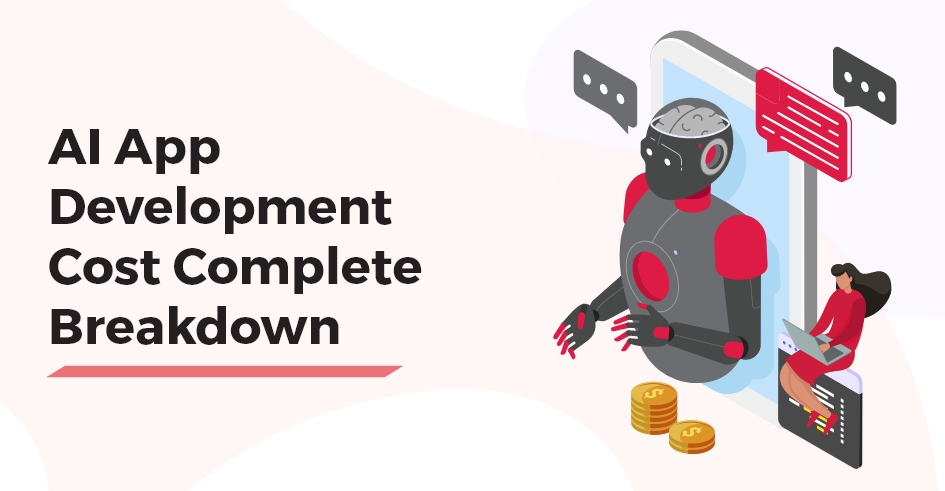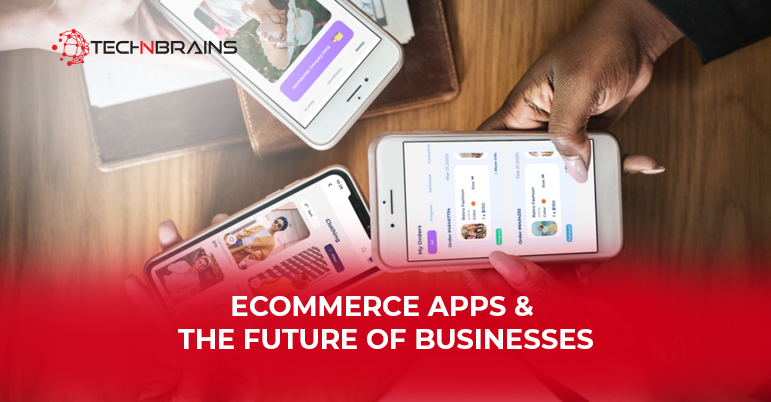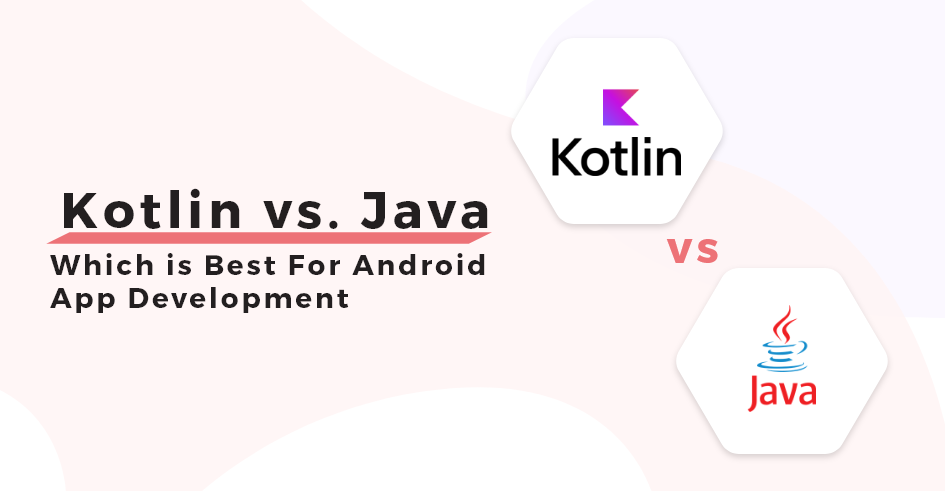Overview: Education institutions all have the same goal: to provide their students with the knowledge and skills they need to succeed in the future. Education technology (edtech) is a key driver in achieving this aim, and its growth is paving the way for exciting new applications in today’s classrooms. Learn about edtech, how it adds value, current educational trends, and how to keep up in an increasingly connected society.
Technology is reshaping our lives at lightning speed with its transformative touch reaching every corner, revolutionizing industries, and reshaping our daily interactions. Yet, as the winds of change sweep through every sector, the introduction of technology in education finds itself at the height of a digital revolution, waiting to embrace the boundless opportunities that technology has to offer fully.
Education technology is like a superhero for learning all around the world. It helps students imagine and understand things better. Everyone involved in education, from students to teachers, can get a lot of good stuff from the latest trends in education technology. That’s why we made a list of the EdTech trends that will dominate in the coming year. Let’s explore together and see how these trends can make learning even more fruitful.
What Is Education Technology?
Edtech refers to the collection of media and tools that aid in knowledge communication, delivery, and exchange. This wide definition encompasses solutions such as software, smart devices, and electronics. These enable teachers to teach more effectively and remotely, improve information retention, provide engaging student experiences, and administer schools more efficiently.
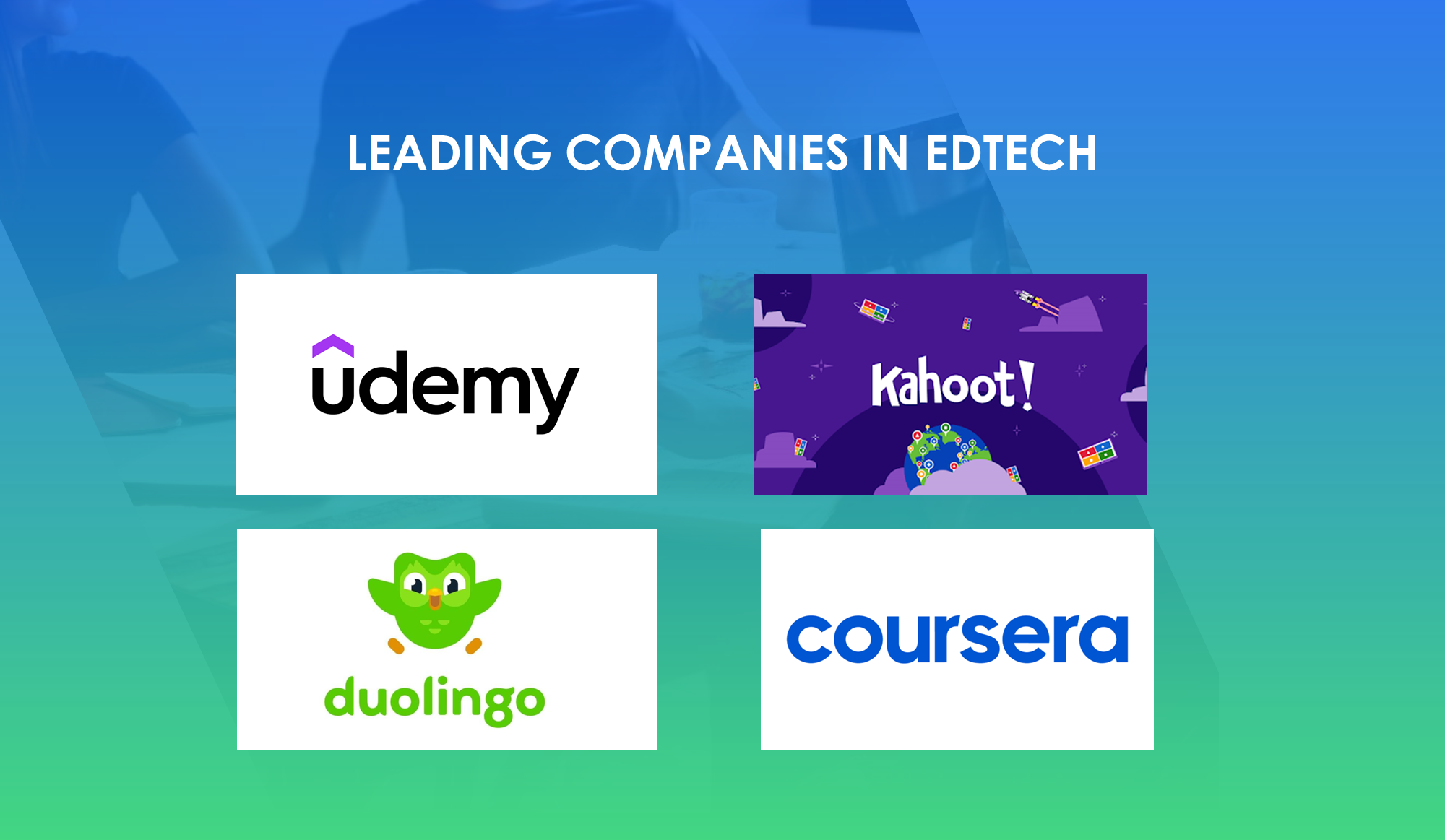
The Global EdTech Market
Before we dive into the EdTech trends, let us have a look at the global EdTech market that will help us better understand the technology trends in education:
Looking forward to 2024, it is evident that EdTech trends will keep changing and influencing the direction of education. Leading companies in EdTech, such as Udemy, Kahoot, Duolingo, and Coursera, have already shown progress in recent years, and others are following their lead. Come along with us as we explore the latest developments in educational technology.
Why Tech Matters in Education
1. Supporting Diverse Learning Styles
Every student is unique, learning in their own way. Meeting diverse demands can be challenging, but modern technology steps in to support various learning styles. Online platforms, interactive tools, and collaborative experimentation create tailored experiences, allowing students to engage in ways that work best for them.
2. Fostering Communication and Collaboration
Modern tech enhances communication among the workforce, students, and parents. Electronic tools empower students to voice suggestions or questions they might shy away from in a traditional classroom. Teachers and parents benefit from streamlined communication through emails and convenient video tools for parent-teacher conferences.
3. Preparing for Future Success
As businesses increasingly rely on technology, providing students with essential tech skills is crucial for their success in the workforce. Classrooms become the ideal spaces for students to gain introductory skills, ensuring they are confident technology users in their future careers.
4. Creating an Engaging Experience
The fusion of technology and education results in interactive learning experiences. This engagement boosts knowledge retention, increases subject interest, and enhances overall lesson engagement. Students become active participants, leading to more profound learning experiences.
5. Offering Enhanced Learning
Technology transforms learning, making it more interactive and engaging. Access to a vast online repository of information goes beyond traditional textbooks, developing deeper research skills. Students not only learn but also acquire valuable skills for navigating authoritative sources.
6. Accommodating Inclusivity
Technology aids students with disabilities, ensuring education is accessible to a wider range of learners. Assistive technologies like speech-to-text, subtitles, and adjustable keyboards benefit students with and without disabilities, creating more inclusive classroom experiences.
Top 10 EdTech Trends
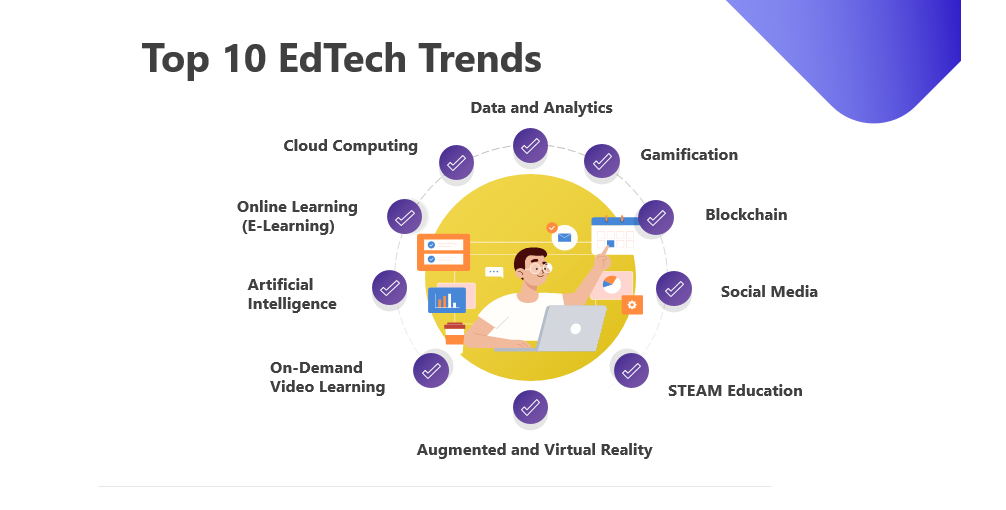
As we navigate technology and learning, it’s essential to keep a keen eye on the top 10 EdTech Trends shaping the future of academia. Let’s explore them below:
1. Cloud Computing
EdTech Trends are rapidly evolving, and cloud computing remains a foundational element. This trend is pivotal in enhancing connectivity and collaboration in the educational landscape. Transitioning assets to the cloud enables anytime, anywhere access to school resources, catering to the demands of technology trends in education.
2. Online Learning (E-Learning)
In new educational technology, online learning has become a cornerstone. Online learning, often known as e-learning, began in the 1960s at the University of Illinois and has since evolved to include foundational courses and remote learning at the University of Phoenix. Asynchronous learning programs evolved as internet connectivity and home-based devices grew more widespread, allowing students to complete work around their schedules and acquire time management skills. The epidemic underlined the necessity for adaptable educational options. Today’s technology enables educators to satisfy students’ learning objectives via cell phones, PCs, and tablets, delivering engaging lessons via podcasts, videos, and simulations. These formats’ excellent configurability and affordability ensure their continued popularity.
3. Artificial Intelligence
Artificial Intelligence (AI) is revolutionizing education by seamlessly integrating into various facets of the learning experience. As AI continues to advance, it becomes an integral part of current educational trends, ushering in an era of innovation and efficiency in education. Here’s a closer look at how AI is reshaping education:
- AI analyzes individual student data to create personalized learning paths, addressing unique needs and optimizing understanding.
- AI chatbots in mobile apps for education can provide personalized and adaptive learning assistance.
- Say goodbye to tedious grading tasks. AI automates the grading process, providing quick and consistent feedback and allowing educators to focus on impactful interactions.
- AI algorithms power content recommendation systems, offering students new educational technology-based resources tailored to their learning styles and preferences.
- AI identifies learning gaps and areas of improvement early on, enabling timely interventions and fostering a proactive approach to education.
- Educational institutions are utilizing AI-powered chatbots to provide instant support and information, enhancing the overall technology trends in education.
- AI drives the development of adaptive learning platforms that evolve based on student progress, ensuring an engaging and effective learning journey.
- The use of artificial intelligence (AI) and machine learning (ML) applications is expanding. Experts predict that the market will reach $1,345 billion by 2030, with education playing a critical role as the industry grows.
- By predictive analytics, AI helps educators foresee challenges and trends, contributing to informed decision-making and shaping educational technology trends.
- AI-driven language processing tools aid in improving writing skills, ensuring students develop essential communication capabilities.
4. On-Demand Video Learning
With the popularity of videos, this EdTech trend offers flexibility and supports peer collaboration. It aligns seamlessly with the concept of microlearning, making it ideal for team assignments and self-paced learning, echoing the essence of new education technology.
Recent research has also demonstrated that video is useful for skill development and supplementing other lesson materials. Many people believe that video-assisted learning will gain popularity as more empirical research demonstrates its worth.
5. Augmented and Virtual Reality
Educational technology trends are venturing into immersive experiences with augmented and virtual reality. Here’s a closer look at how AR/VR is influencing technology trends in education:
1. Immersive Learning Environments
AR and VR create captivating, immersive experiences that transport students to virtual enviornments, fostering a deeper connection with educational content. This innovative approach aligns with the paradigm shift in educational technology trends.
2. Enhanced Visualization
By offering a visual and interactive dimension, AR/VR aids in better comprehension of complex subjects, significantly impacting trends in educational technology. Students can explore historical events, dissect biological specimens, or delve into abstract concepts in an engaging manner.
3. Virtual Field Trips
Break down the physical constraints of traditional field trips with virtual alternatives. AR/VR facilitates virtual explorations, bringing far-off places into the classroom, showcasing its potential in new educational technology.
4. Multisensory Learning
Appeal to diverse learning styles through multisensory experiences provided by AR/VR. This aligns with the broader educational technology trends aiming for inclusivity and personalized learning experiences.
5. Practical Skill Development
For subjects requiring hands-on training, AR/VR simulations offer a risk-free environment for practical skill development. This practical approach addresses the evolving needs in technology trends in education.
6. Collaborative Learning Spaces
Foster collaboration among students in virtual environments, transcending geographical barriers. AR/VR apps are also helping the shift towards interactive and collaborative trends in education technology.
7. Adaptability Across Disciplines
From science experiments to historical reenactments, AR/VR adapts seamlessly across various disciplines, reflecting its versatility in current educational trends.
6. Data and Analytics
Big data and analytics provide valuable insights to school districts and educational institutions. This technology aids in the collection of data on student involvement, progress, and behavior. Because of the enhanced visibility, your workers can see what’s working and what isn’t. Educators can immediately change class plans or delivery methods and identify gaps or pupils who want more assistance.
Data with learning analytics adds even more value. AI can swiftly uncover patterns that can be used in planning, interacting, and recognizing skill shortages. Predictive analytics provides insights into who is likely to fail or drop out, allowing you to respond proactively rather than reactively. The increased visibility empowers educators to make informed decisions, aligning seamlessly with the ethos of education technology trends.
7. Gamification
As a rising star in the trends in education technology, gamification transforms traditional teaching settings. Applying game-like elements to education has several benefits for students, from boosting motivation to enhancing knowledge retention. The evolution of gamification tools aligns with the broader scope of technology trends in education.
8. Blockchain
Blockchain development services are disrupting the educational landscape, reflecting the essence of educational technology trends. Here is how:
1. Immutable Student Records
Blockchain ensures the creation of an unalterable data record, providing a secure and transparent way to maintain student grades, achievements, and credentials. This move towards new educational technology minimizes the risk of fraudulent transcripts or certifications, aligning with the need for data accuracy and integrity.
2. Enhanced Academic Honesty
By creating transparency and permanence, Blockchain supports academic honesty policies by mitigating the potential for plagiarism. The technology’s immutable nature reduces the likelihood of tampering with academic records, contributing to the promotion of trust and integrity in educational institutions.
3. Credential Verification
As part of educational technology trends, Blockchain facilitates efficient credential verification. Institutions and employers can seamlessly verify the authenticity of academic credentials, streamlining processes and reducing the chances of relying on inaccurate or outdated information.
4. Increased Security
Blockchain’s decentralized nature significantly enhances security by eliminating a single point of failure. This aspect is particularly crucial in an era where safeguarding sensitive data is paramount, aligning with the overarching theme of ensuring data security in trends in education technology.
5. Facilitating Micro-Credentialing
In response to current educational trends emphasizing personalized and continuous learning, Blockchain supports the concept of micro-credentialing. Students can earn and store digital credentials for specific skills or accomplishments, creating a comprehensive and granular representation of their educational journey.
9. Social Media
In a surprising twist, social media emerged as a valuable educational tool, marking a shift in educational technology trends. Campus-specific platforms facilitate quick interaction between students and faculty, fostering collaboration and communication. Social media’s integration aligns with the ongoing evolution of trends in education technology.
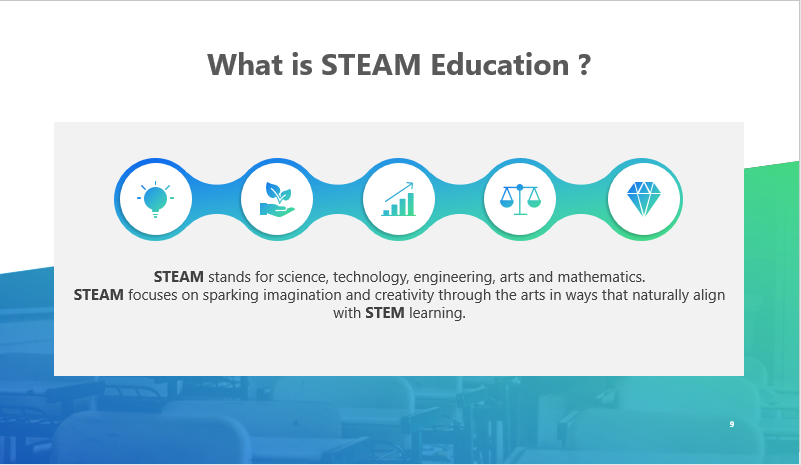
10. STEAM Education
STEAM education represents a transformative shift in the traditional STEM framework, embodying the essence of trends in educational technology. Here’s a closer look at how STEAM is reshaping education:
Holistic Skill Development
STEAM education fosters a holistic skill set by combining the analytical thinking of science, the problem-solving approach of technology, the creativity in arts, and the logical reasoning from mathematics. This multidisciplinary approach ensures that students are equipped with a diverse skill set essential for the current educational trends and future workforce demands.
Project-Based Learning
One hallmark of STEAM is project-based learning, where students tackle real-world problems. This approach not only enhances their understanding of theoretical concepts but also promotes collaborative efforts, reflecting the collaborative nature of technology trends in education. Through hands-on projects, students engage with new educational technology, applying theoretical knowledge to practical scenarios.
Integration of Arts
STEAM introduces Arts into conventional STEM subjects, recognizing the importance of creativity and innovation in technological advancements. The infusion of Arts acknowledges the human element in educational technology trends, emphasizing that creativity is a driving force behind breakthroughs and innovative solutions.
Real-World Applications
One of the key aspects of STEAM is its focus on real-world applications. Students are encouraged to apply their knowledge to solve authentic problems, aligning with the shift toward more practical and applicable learning experiences in trends in educational technology. This approach ensures that education is not only theoretical but also relevant to the challenges of the contemporary world.
Technological Integration
STEAM seamlessly integrates technology into the learning process. Students engage with new educational technology tools, such as virtual simulations, coding platforms, and interactive learning apps. This not only aligns with the technology trends in education but also prepares students to be adept users of digital tools, a crucial skill in today’s technologically driven world.
Cross-Disciplinary Collaboration
STEAM emphasizes collaboration among different disciplines, mirroring the interconnected nature of trends in education technology. Students collaborate on projects that require expertise from multiple domains, fostering a sense of teamwork and providing a glimpse into the collaborative work environments of the future.
Common Devices Transforming Classrooms Today
Modern classrooms are equipped with advanced tools to revolutionize learning:
- Portable electronic devices: Laptops, tablets, or notebook computers for individual student use.
- Smartboards: Replacing traditional chalkboards with recording capabilities.
- Projectors: Integrating with computers to project content for classroom viewing.
- Ultra-high-definition televisions: Displaying educational videos, movies, and microlessons.
- Charging towers: Centralized device-charging stations for organization and convenience.
- Digital microscopes and cameras: Enabling close examination and documentation of scientific specimens.
- Virtual reality and augmented reality headsets: Creating immersive learning experiences in various subjects.
Build the next EdTech app like Coursera with TechnBrains
The journey of educational technology is an exciting endeavor, and with TechnBrains, the best EdTech app development company, the possibilities are boundless.
1. Innovative EdTech Partner
TechnBrains emerges as the foremost EdTech app development company, offering a range of innovative solutions tailored to the ever-evolving landscape of education.
2. Cutting-Edge Solutions
With a commitment to staying ahead of the curve, TechnBrains ensures that your institution receives cutting-edge solutions aligned with the latest EdTech trends.
3. Pioneering Development
Constantly adapting to dynamic trends in educational technology, TechnBrains positions itself as a pioneer in crafting new educational technology that transforms the learning experience.
4. Future-Focused
TechnBrains goes beyond being a mere development partner; they are architects of the future of education, dedicated to understanding and integrating the latest educational technology trends.
5. Leading the Way
With a keen eye on trends in education, TechnBrains leads the way in creating solutions that align with the current educational trends, propelling institutions into limitless educational possibilities.
6. Seamless Integration
Trust in TechnBrains for solutions where innovation seamlessly meets education, providing a future-focused approach to technological advancements in the educational sector. Explore the future of education with TechnBrains – a trusted partner in shaping the next era of learning.


